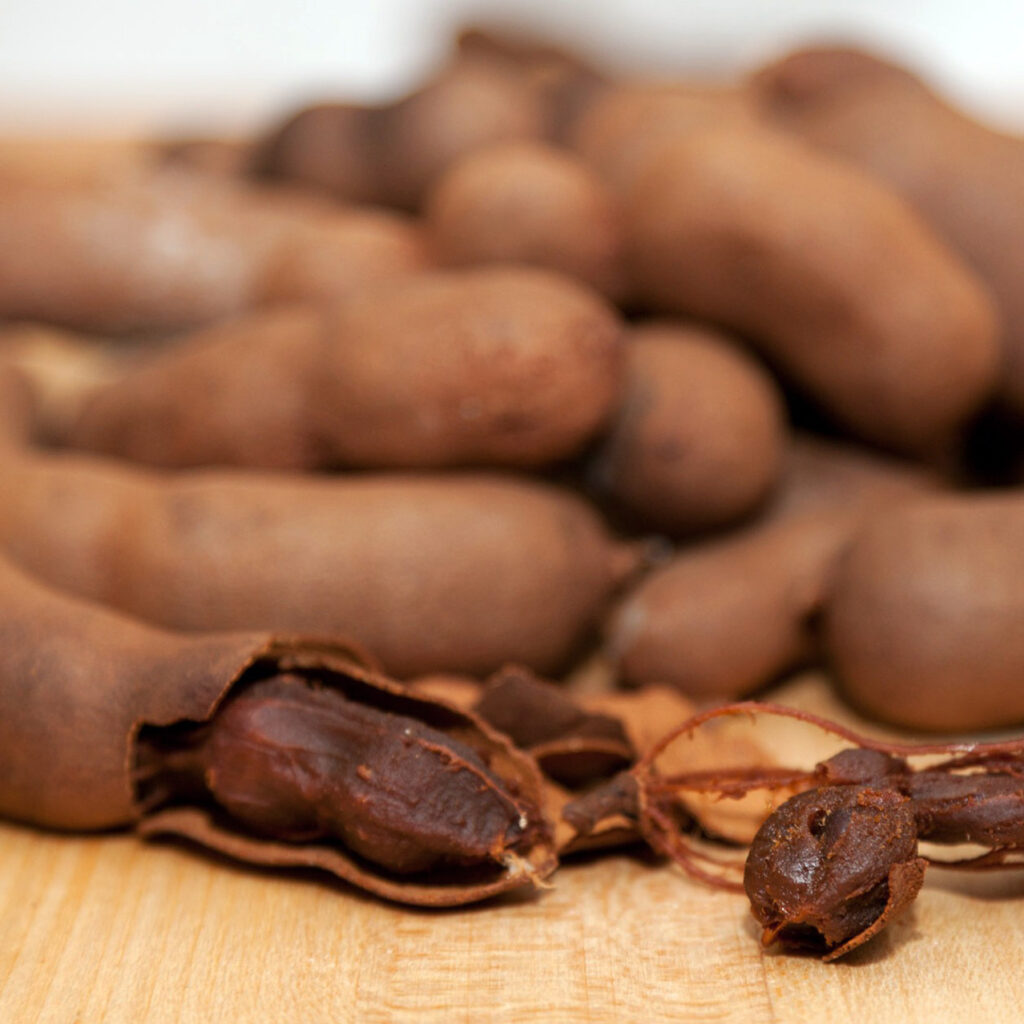Tartaric acid, an organic acid naturally present in several fruits, including grapes, is widely used in various industrial sectors, such as food and cosmetics.
This article will detail the properties of tartaric acid, its industrial uses, laboratory analyses to ensure its quality, and the importance of its regulatory compliance.
1. What is tartaric acid?
1.1 Definition and chemical structure
Tartaric acid, or 2,3-dihydroxybutanedioic acid, is a naturally occurring carboxylic acid with the chemical formula C4H6O6. This acid is particularly abundant in grapes and other fruits such as tamarind and citrus fruits. Tartaric acid is also an alpha-hydroxy acid (AHA), used in various industrial formulations for its acidic and antioxidant properties.
1.2 Physicochemical properties
Tartaric acid occurs as white, odorless crystals that are soluble in water. It has two asymmetric centers that give it several isomers, the most common of which is L-(+)-tartaric acid. Its melting point is 171-174°C. It is also an effective natural antioxidant, making it useful in food preservation.
2. Where is tartaric acid found?
2.1 Natural source
Tartaric acid is extracted primarily from winemaking byproducts. It is found in the sediment left at the bottom of vats after grape fermentation, in the form of potassium tartrate. It is also present in other fruits, including figs, berries, and bananas.
2.2 Industrial uses
- Food : Used as a food additive (E334) in jams, sweets, wines and other beverages to regulate pH and as an antioxidant.
- Cosmetic : Used in exfoliating and anti-aging formulations due to its acidic properties.
- Pharmaceutical : Used in certain medications to facilitate the dissolution of effervescent tablets.

3. How to use tartaric acid?
3.1 In food
In the food industry, tartaric acid is used to adjust the pH of products. It can also act as a sequestrant, stabilizer, and flavor enhancer in food products.
3.2 In cosmetics
cosmetic products for its keratolytic effects. Its action on the upper layer of the epidermis helps remove dead cells, promoting smoother, more radiant skin.
4. Why put tartaric acid in wine?
Tartaric acid plays an essential role in stabilizing and preserving wines. It helps maintain proper pH and prevents the crystallization of tartrate salts, a phenomenon that can impair the visual and taste quality of the wine.
Are you looking for an analysis?

5. How to replace tartaric acid?
In some applications where tartaric acid is not available, citric acid or malic acid can be used as alternatives. These acids have similar pH adjustment and preservation properties, although their effects on taste may differ slightly.
6. Laboratory analyses on tartaric acid
6.1 Importance of laboratory analyses
Tartaric acid, as an additive used in many industries, requires precise analyses to ensure its quality, purity, and compliance with current standards. These analyses are essential to ensure that products containing tartaric acid, such as wines or cosmetics, meet safety and efficacy criteria.
6.2 Advanced analysis methods
Several techniques are used to analyze the concentration of tartaric acid in various products:
- High-performance liquid chromatography (HPLC) : This method quantifies the presence of tartaric acid in food or cosmetic products. It is very precise and allows the analysis of complex samples.
- UV-Vis spectrophotometry : This technique measures the absorption of light by solutions containing tartaric acid. It is useful for estimating the acid concentration in liquid solutions.
- Acid-base titration : This more classic method remains widely used in the analysis of the total acidity of food products. It measures the acidity level as a function of pH.
6.3 Compliance Standards
Tartaric acid analyses must be carried out in laboratories accredited according to international standards such as ISO 17025. This certification guarantees the quality of the analysis methods and ensures reliable results. In France, compliance with COFRAC is also mandatory to ensure the validity of the tests.

7. Importance of migration testing and regulatory standards
7.1 Migration tests for packaging
In the food industry, it is essential to test packaging materials to ensure they do not release tartaric acid or other substances into food. These tests, in accordance with EC Regulation No. 1935/2004, ensure that packaging materials are safe for the consumer.
7.2 Rheological tests
The physical properties of certain food products, such as sauces or creams, can be influenced by the addition of tartaric acid. Rheological tests allow the analysis of product texture and fluidity to optimize their formulations and ensure a pleasant sensory experience for consumers.
Conclusion
Tartaric acid is an organic acid with diverse properties, widely used in the food, cosmetic, and pharmaceutical industries. Its multiple applications and its importance in terms of preservation, pH, and exfoliation make it a valuable ingredient. Laboratory analysis can ensure the quality, safety, and efficacy of products containing tartaric acid, ensuring their compliance with international standards and consumer acceptability.



